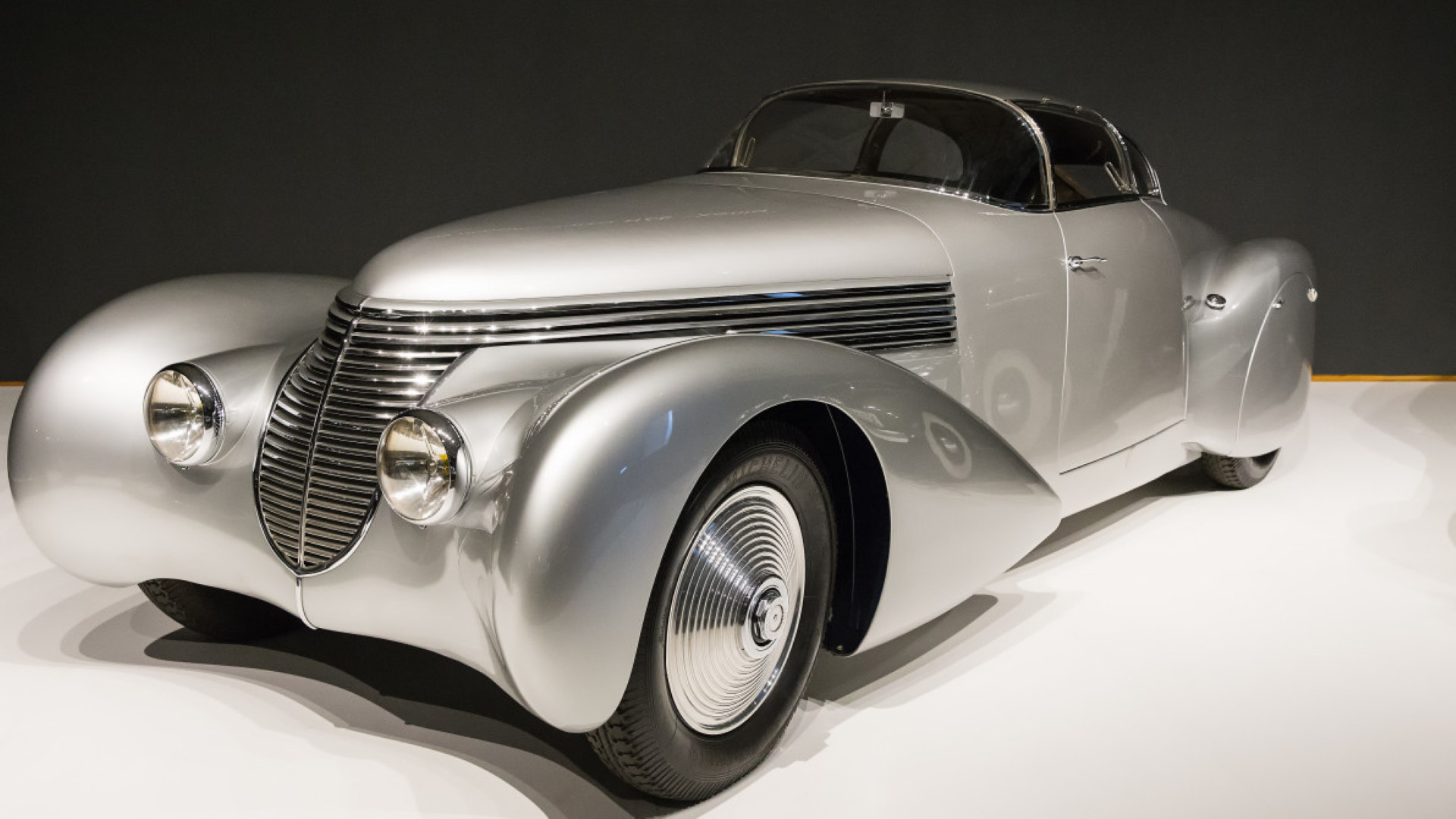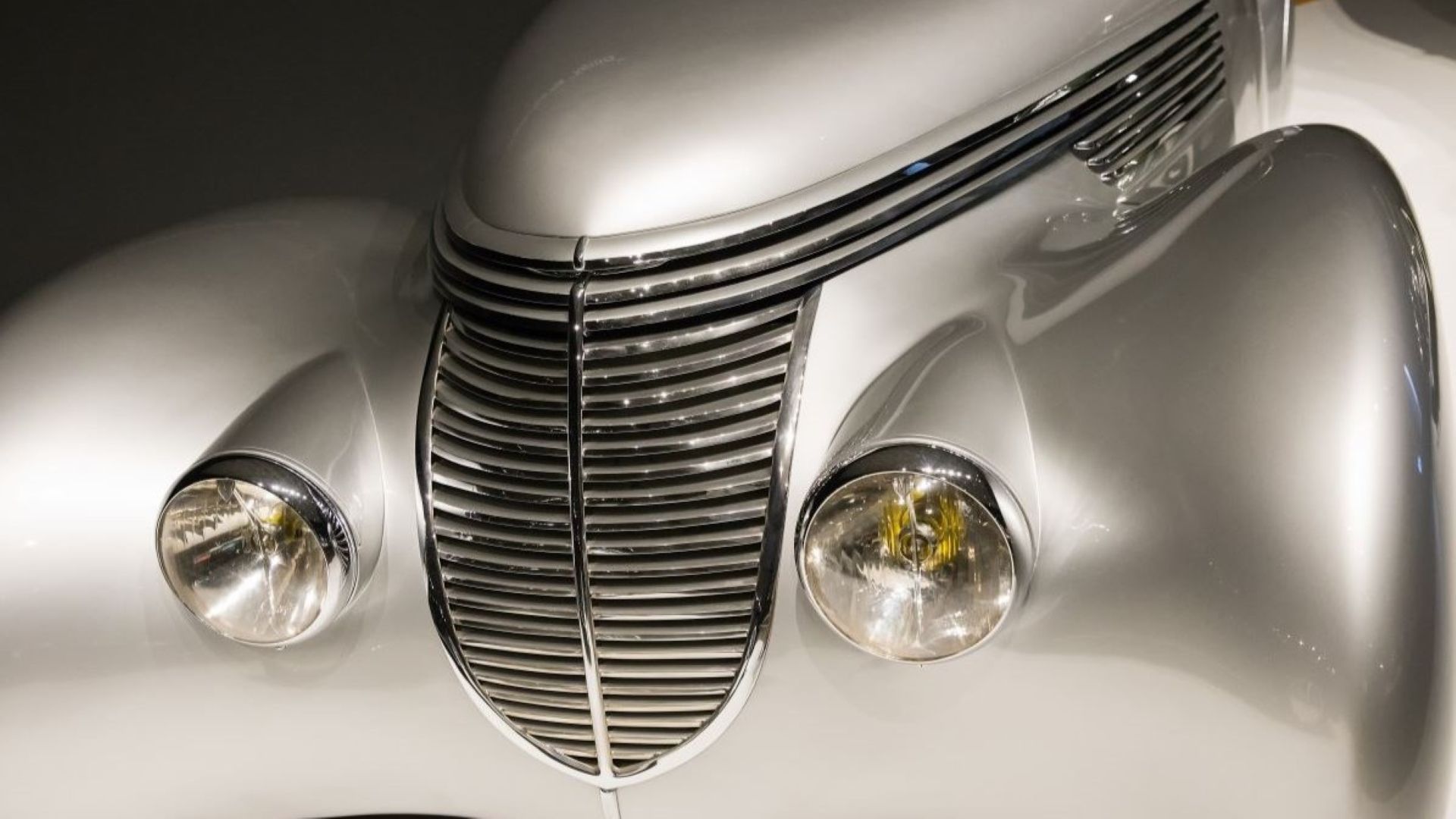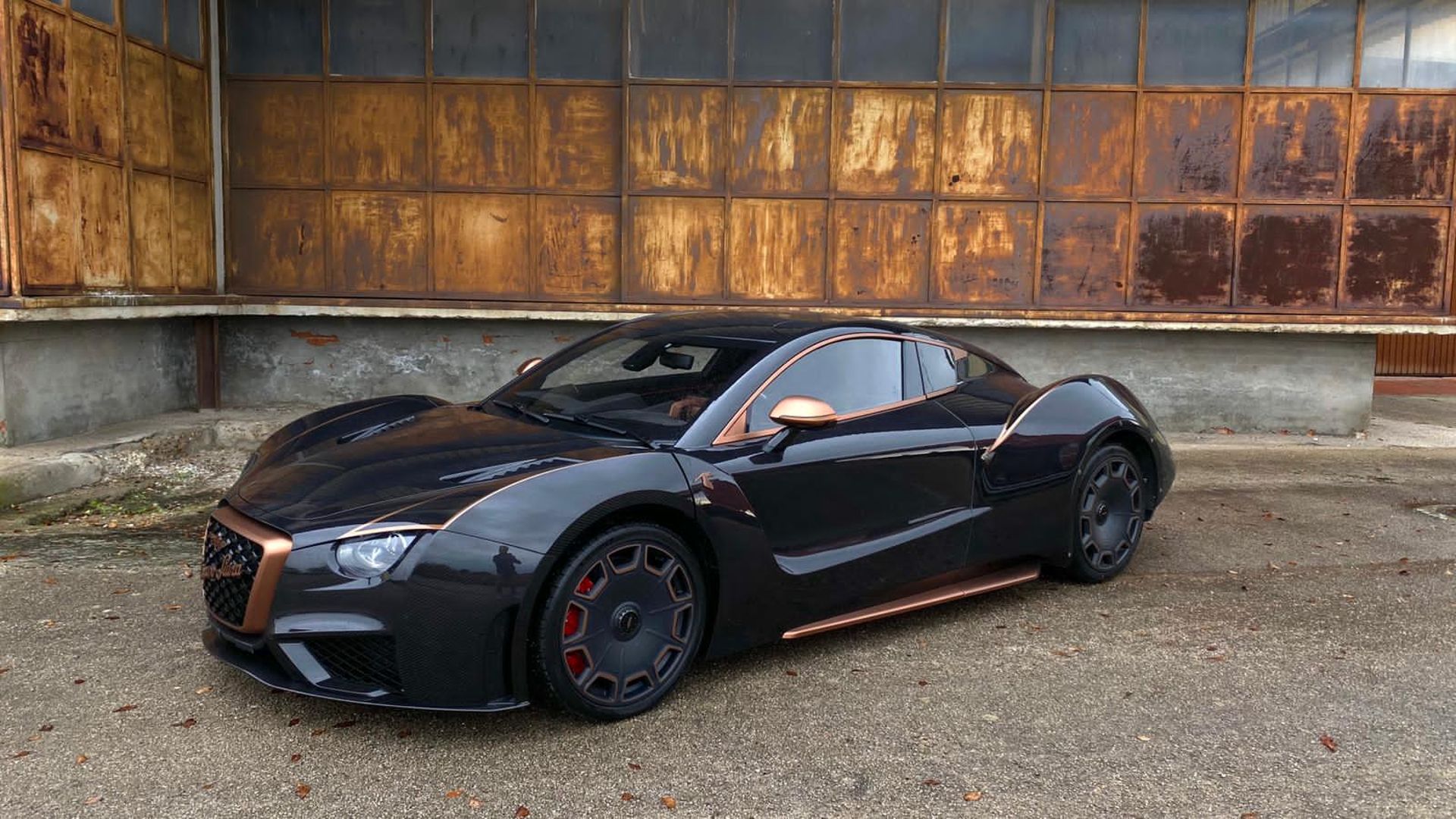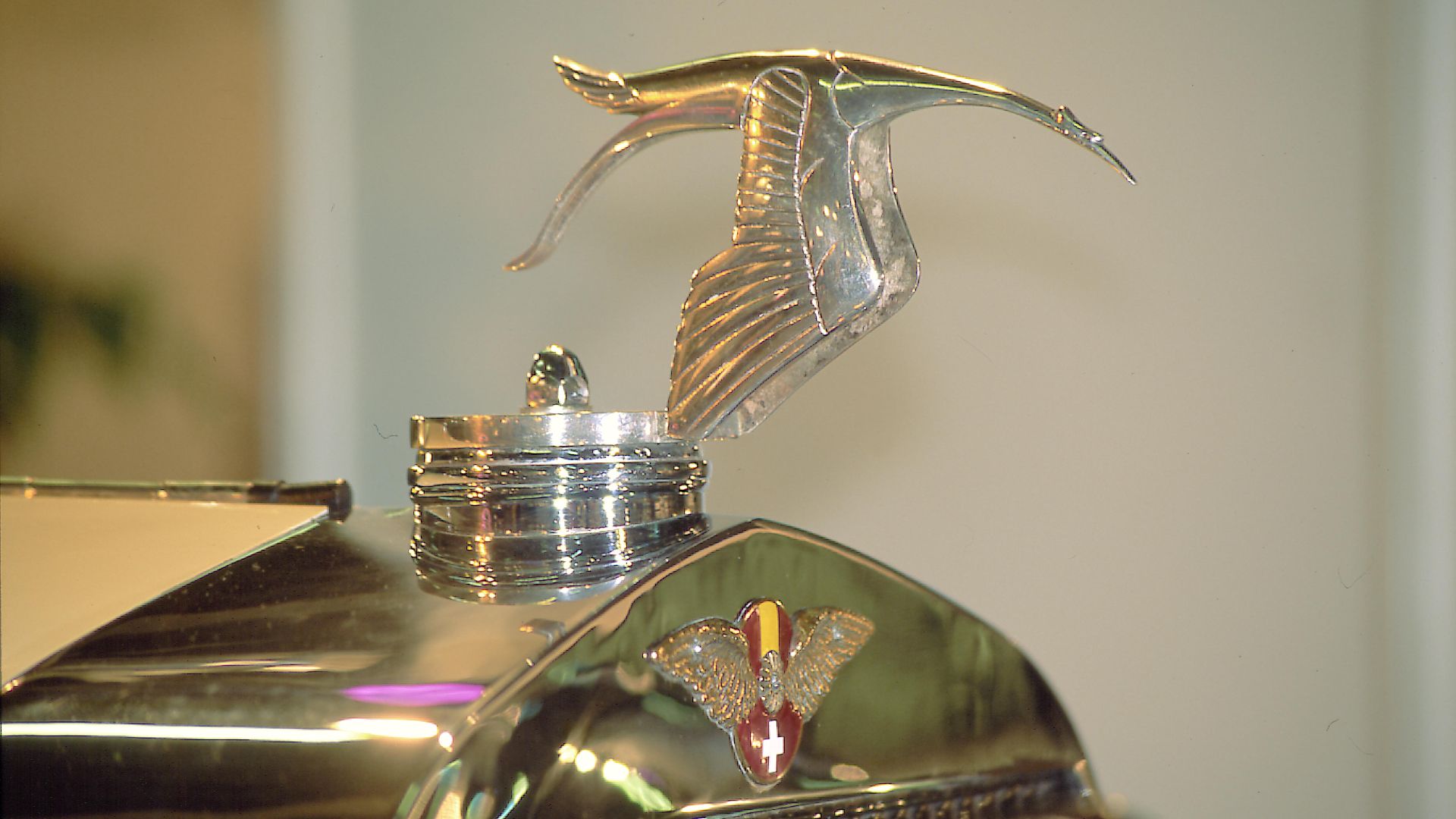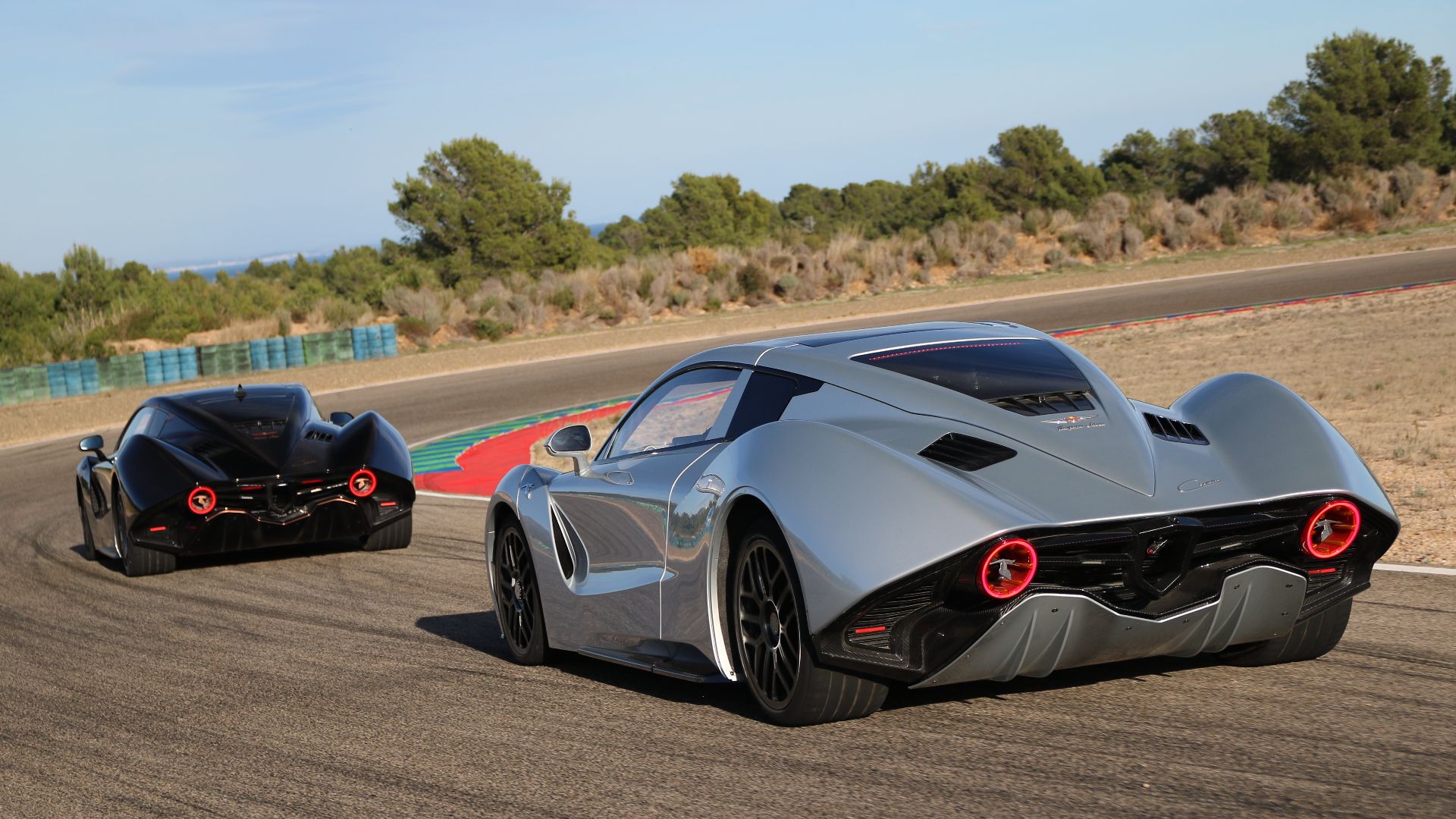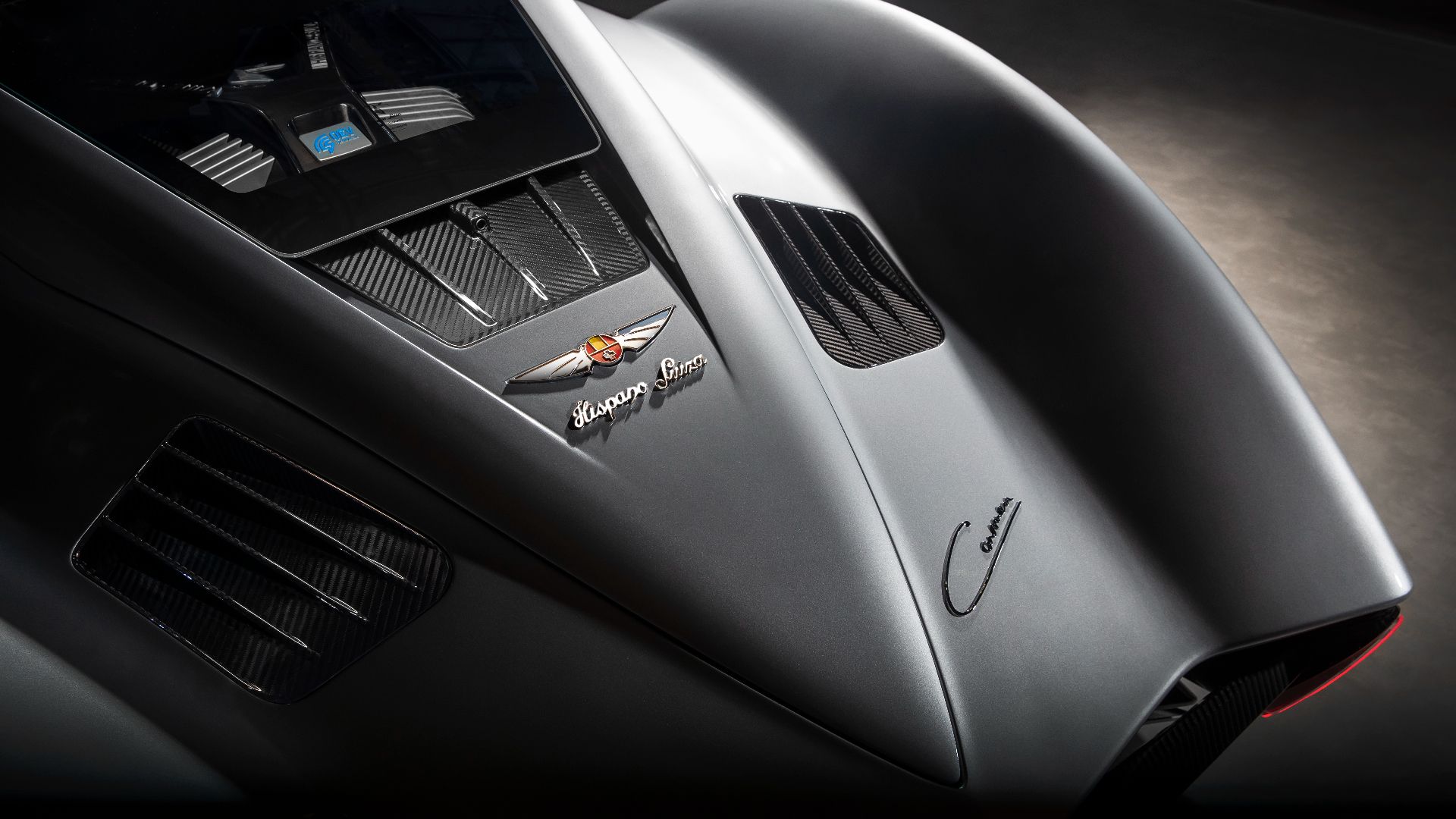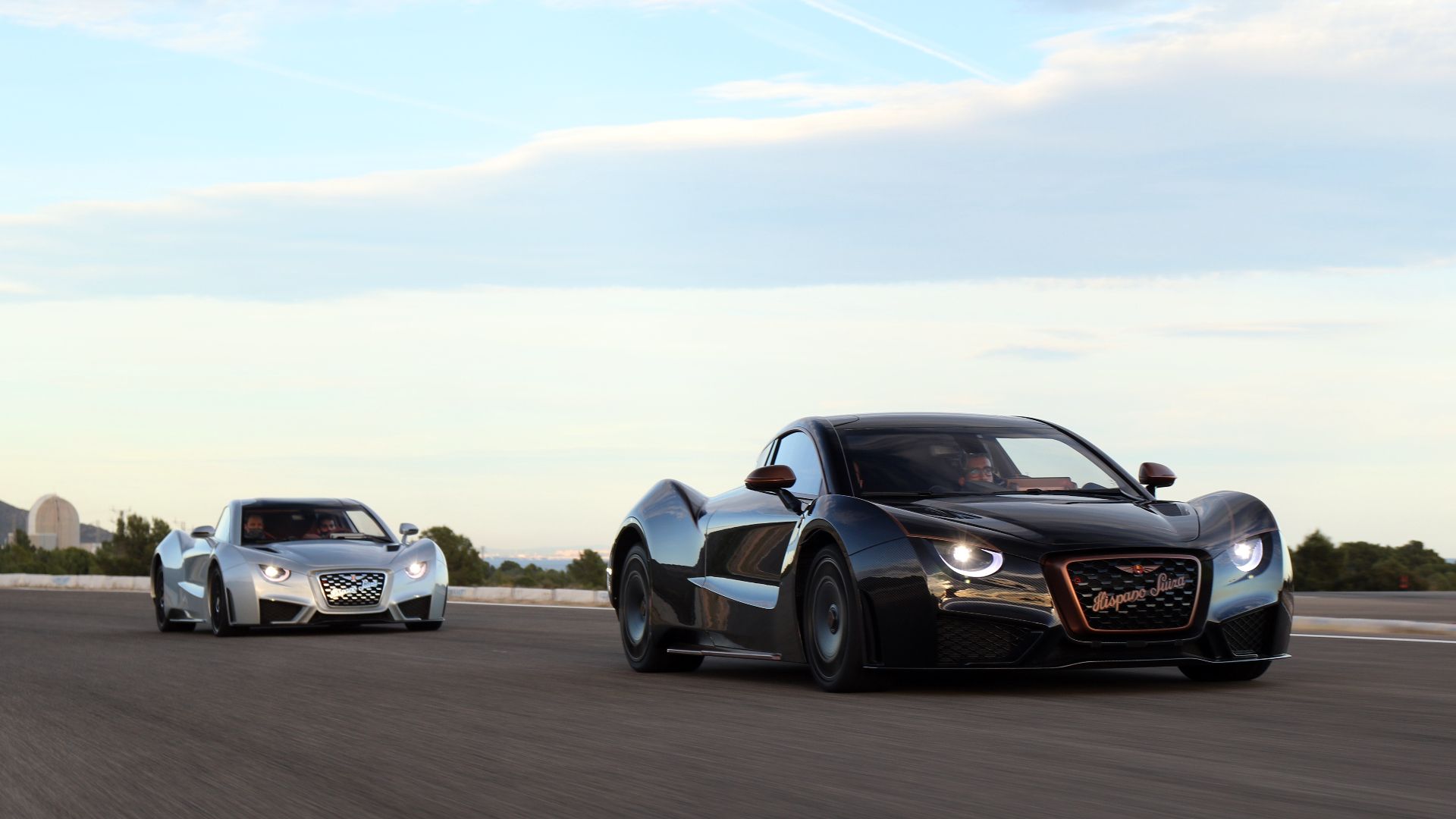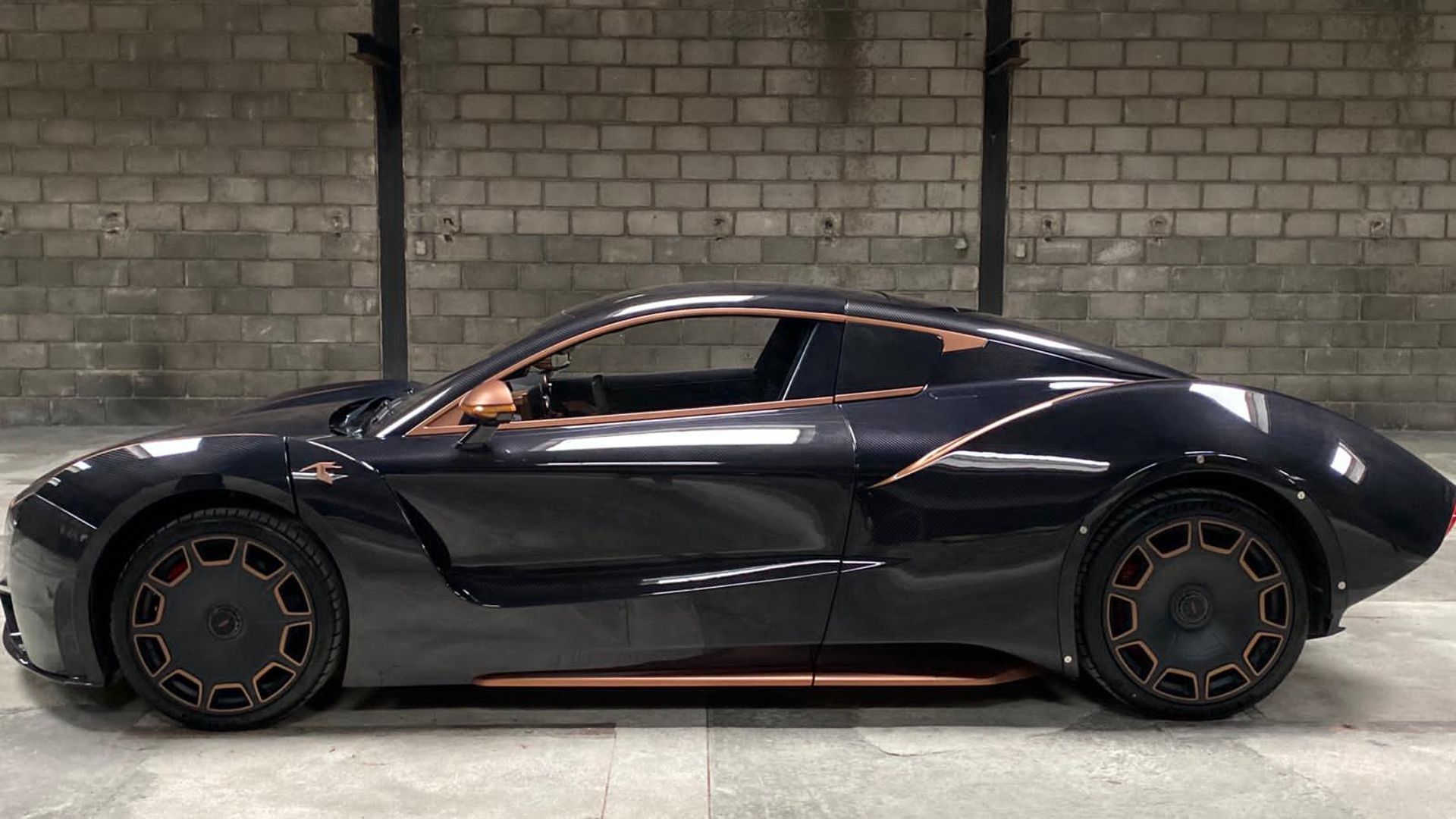[ad_1]
Hispano-Suiza, a storied Spanish automotive brand with a legacy spanning over a century, has been generating excitement in the industry with its recent rebirth. Since its inception in 1904, the company has undergone a stunning transformation, building on its rich heritage to forge a new path forward. To learn more about this transformation and the company’s history and plans for future growth, we had the privilege of speaking with Sergio Martínez Campos, the CEO of Hispano-Suiza.
According to Campos, “Hispano-Suiza is a historic Spanish car brand” that has strongly impacted the nation’s culture. It was founded in 1904 and rose to prominence when “one of our founders, the engineer Marc Birkigt, envisioned and created the first prototype of an electric vehicle in Spain.” This pioneering spirit put Hispano-Suiza on the automotive map globally while representing Spanish ingenuity and technological innovation.
The brand further embedded itself in Spain’s identity when its cars became favorites of Spanish King Alfonso XIII, who called the Hispano-Suiza “the best car in the world.” One such car that helped cement their legacy is the 1938 Hispano-Suiza H6C “Xenia.” The H6C Xenia was designed by Jacques Saoutchik, and was commissioned by the wealthy French businessman, André Dubonnet. It is a one-off, custom-built car that showcases the elegance and sophistication of the Art Deco era.
What made the H6C Xenia unique and special is its striking design, which features a sleek, streamlined body with a curved, glass-covered roof that gives the impression of a floating cabin.
Campos said Hispano-Suiza went on to become “the car of artists, designers and kings” and cultural icons such as Paul McCartney (seen below), who drove Spain’s growing influence. More than just an automaker, Hispano-Suiza transformed into a source of national pride, demonstrating Spanish craftsmanship and prestige.
However, like many other historical brands, Hispano-Suiza faced significant challenges in the latter half of the 20th century, as the industry underwent significant changes and the market for luxury vehicles became increasingly crowded. Despite its best efforts, the brand struggled to maintain its momentum, and by the 1990s, it had largely faded from the public eye.
When discussing Hispano-Suiza’s 21st-century revival, Campos explains that “Carmen Mateu, granddaughter of Damià Mateu, one of our founders, dreamed of seeing Hispano-Suiza cars on the road again.” Realizing this dream has become a personal mission driven by passion rooted in tradition and legacy.
As he stated, “There is a very strong emotional component, which is to preserve the legacy of the family.”
And so the revival happened, thanks to our Chairman Miguel Suqué Mateu, who has been able to help preserve the brand.
As Campos guides Hispano-Suiza into a revival, he draws on a lifetime passion for the automotive industry which began in his childhood and has been the driving force behind his efforts to revive Hispano-Suiza. “Since my childhood, the automotive industry and the manufacturing process of vehicles attracted my attention, as my family were real fans, both of cars and motorsport racing,” he said/
This early enthusiasm has evolved into a deep “love and respect for the family business.” His passion for Hispano-Suiza can also be traced back to an encounter with a car collector, which had a profound impact on him. As he recounted, “A few years ago, I met a good friend of my godfather, a collector of Hispano-Suiza cars, who visited Barcelona and asked me how he could get to know more in-depth about Hispano-Suiza, its history, the family, and our Chairman Miguel Suqué Mateu.”
At that moment, Campos was presented with the opportunity to share his knowledge and passion for the brand with a dedicated fan, strengthening his own bond with his family’s company. “Subsequent reading took me into the world of Hispano-Suiza and I have not been able to leave it since. It is like a real-time movie for which we are still writing the script.”
However, reviving a historical brand in today’s landscape comes with its fair share of challenges, as Campos acknowledges. “The first major challenge was to present a functional model with more than 1,000 horsepower in 2019,” a daunting task that they successfully overcame without any issues. Unfortunately, the pandemic threw a wrench in their plans, slowing down some of their projects in the second year.
As the 21st century continues to unfold, it’s clear that electric cars are poised to become the next stage of transportation. And for Hispano-Suiza, this means continuing its legacy of innovation and luxury in the electric era.
Their latest model, the Hispano-Suiza Carmen, is a testament to this commitment. With its unique design and all-electric powertrain, the Carmen represents the future of what they call “hyperlux”, a term coined by Hispano-Suiza and which is the result of combining the terms “hypercar” and “luxury”. It’s a car that’s not only environmentally friendly but also exhilarating to drive, with a top speed of 155 MPH and a 0-62 MPH (0-100 KPH) time of just 3.5 seconds.
The sleek, curved bodylines of the Hispano-Suiza Carmen and its minimalist rear bumper pay homage to the iconic H6C Xenia, echoing the company’s timeless design language. The way the C-pillar gracefully wraps around the rear window is a masterful touch. When you look at the car you can’t help but notice that the Carmen serves as a modern interpretation of the classic Xenia, carrying forward the spirit of its predecessors.
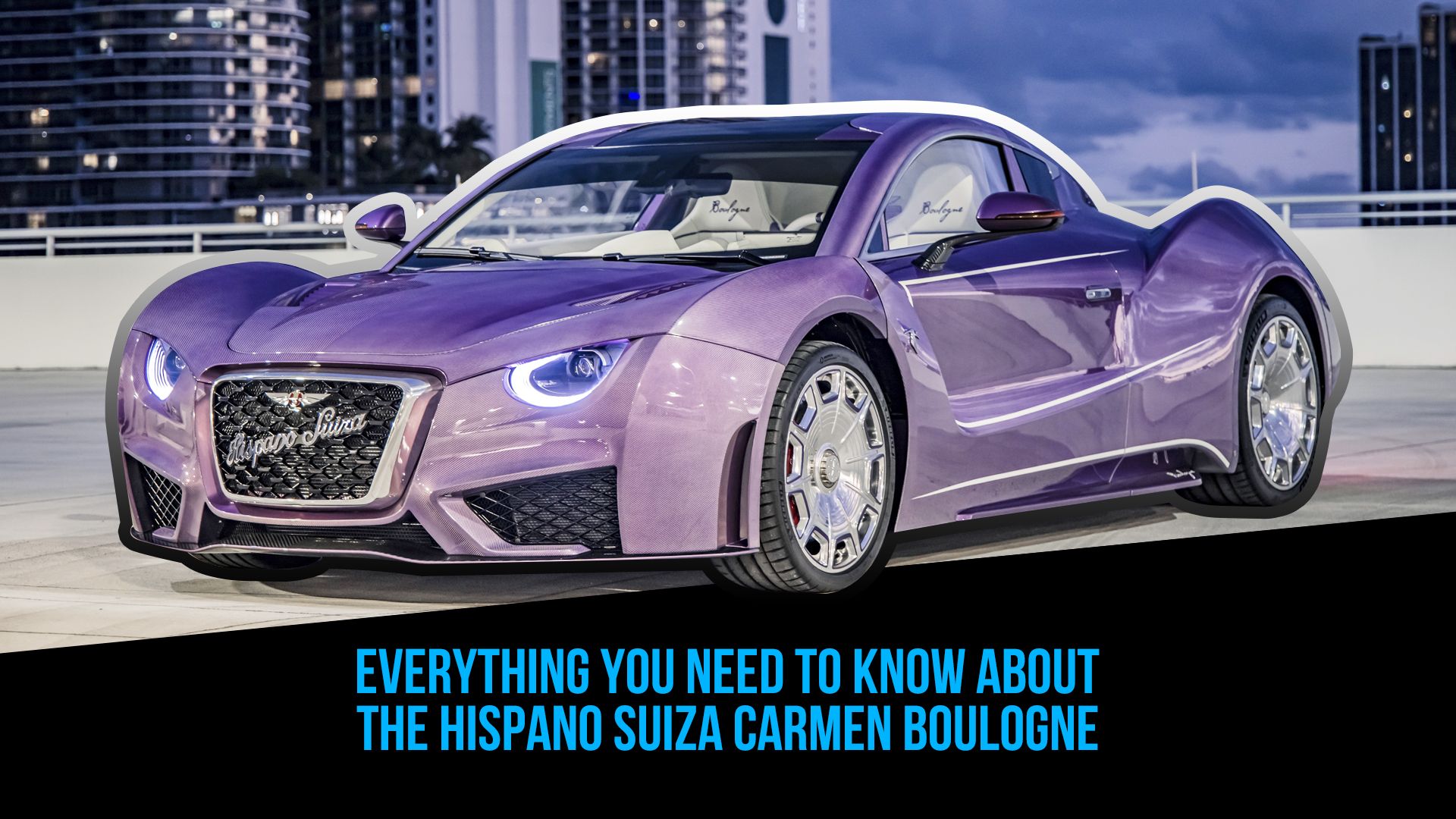
Everything You Need To Know About The Hispano Suiza Carmen Boulogne
The Hispano Suiza Carmen Boulogne is a relatively unpopular EV, but here’s all you need to know about it
Facts about Hispano-Suiza
- Hispano-Suiza was founded in 1904 by Damián Mateu and Marc Birkigt Hispano Suiza. The company quickly gained a reputation for producing high-quality luxury cars, and its vehicles soon became popular among European royalty and the wealthy elite.
- During World War I, Hispano-Suiza shifted its focus to producing aircraft engines, including the Hispano-Suiza 8Aa, which powered fighter planes for Allied forces such as the Dewoitine D.520 and Ikarus IK-2.
- In the 1920s and 1930s, Hispano-Suiza continued to produce cars as well as military vehicles. The company was known for its unique designs and powerful engines.
What’s Next for Hispano-Suiza?
Campos also teased upcoming milestones like the Sagrera model set to debut for the brand’s 120th anniversary in 2024. As he shared, “The Sagrera is the result of the evolution of the Carmen and the Carmen Boulogne. In technical terms, it will incorporate the new 103 kW battery and will present an outstanding innovative evolution in the aerodynamic aspect.” This hints at continuing advancements in battery tech and performance — hallmarks of Hispano-Suiza’s history of innovation.
Personalization is another added benefit of ordering a Hispano-Suiza, with Campos emphasizing that “they are 100% customizable to the client’s taste.” This degree of customization is made possible through their Unique Tailor Made program, which facilitates close collaboration between client and designer. As Campos explained, customers can define every detail of their vehicle “from the very first moment” alongside Head of Design Francesc Arenas, tailoring “color, finish, upholstery, in short, personalization down to the last detail.”
The result is that “there won’t be two Hispano-Suizas alike,” producing unique vehicles matched to each owner’s vision. This tailored process allows Hispano-Suiza to build sustainably to order, granting them “flexibility and foresight to grow the project”. This personalization offering likely stems from the high costs associated with research and development when creating a new chassis and platform entirely from scratch
Rewinding to 2019, three years after Mitsubishi made the difficult announcement that they were discontinuing the fan-favorite Lancer Evolution model, their managing director of the UK, Rob Lindley, bluntly stated that investing in an entirely new sports car is simply “not a big business” any more, at their scale and production volumes. One can only imagine the costs involved when developing a new electric hypercar model like the Hispano-Suiza Carmen in such small numbers.
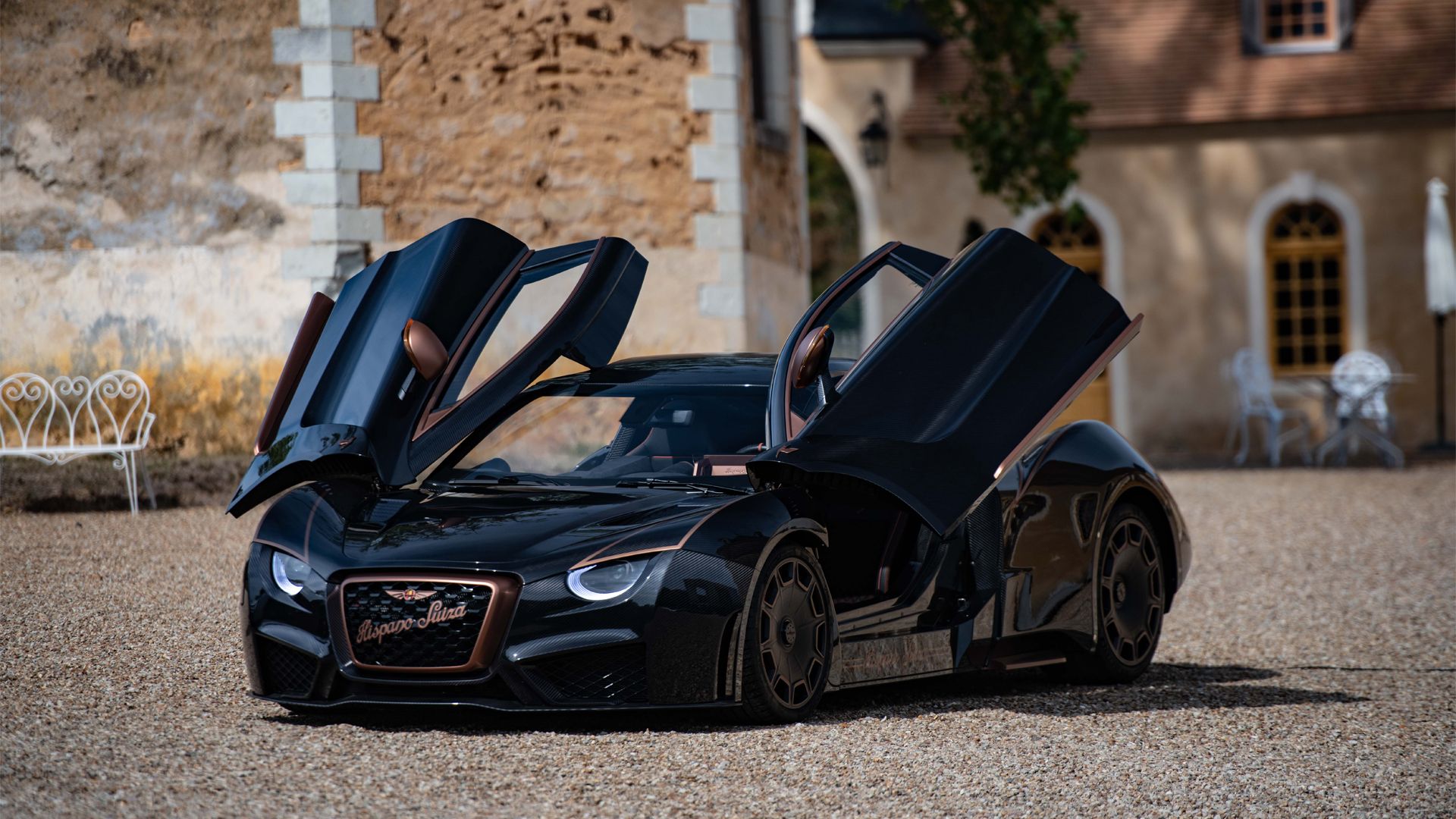
15 Most Expensive Electric Cars In The World
If you are looking to buy an electric car and money is no object, then here are the 15 most expensive EVs that money can buy.
A Return to Form
Reviving a defunct car brand is never an easy feat, but Hispano-Suiza’s comeback story is a testament to the power of passion, innovation, and dedication. With a rich history that spans over a century, the Spanish automaker has left a mark on the industry, and its legacy continues to inspire and captivate car enthusiasts.
While the challenges faced by Hispano-Suiza are certainly not unique, the brand’s dedication to preserving its legacy while embracing innovation and technology sets it apart from its competitors. As the industry continues to evolve and market competition intensifies, maybe the future of electric cars is not as bleak as we might think.
[ad_2]
Source link


